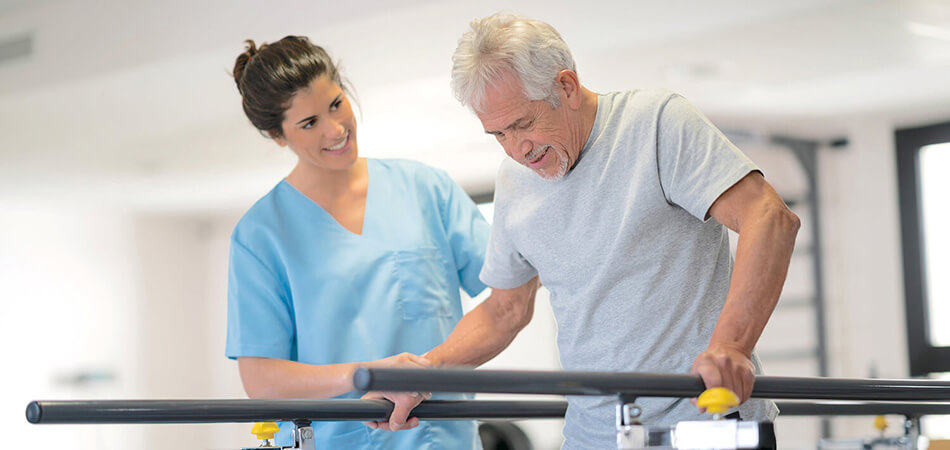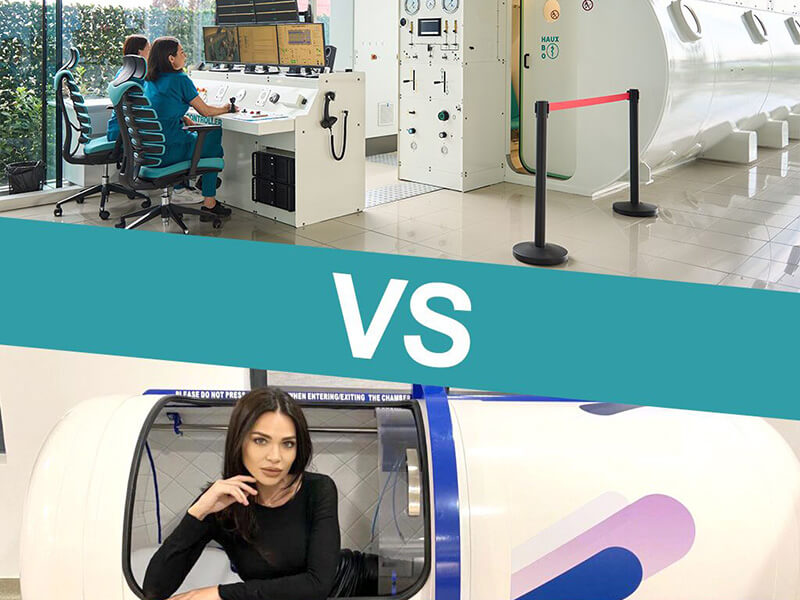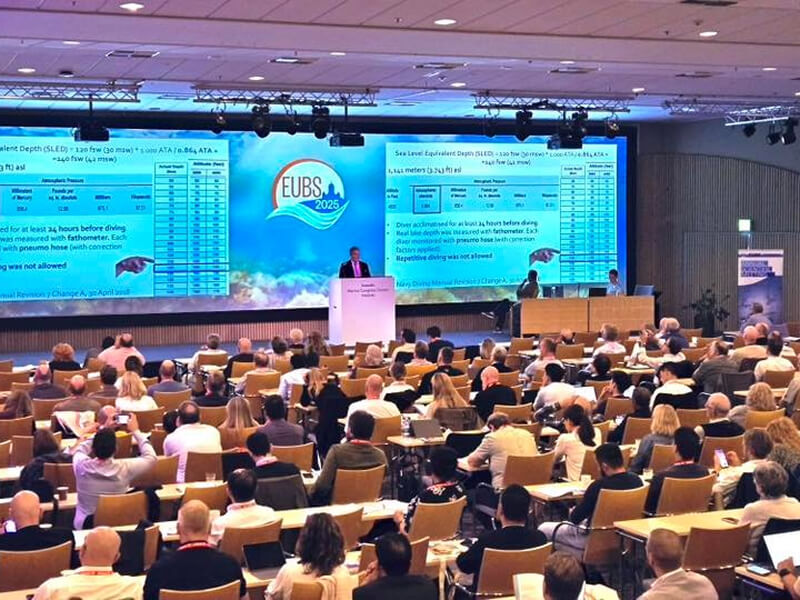
Article reviewed by: Dr. Sturz Ciprian, Dr. Tîlvescu Cătălin and Dr. Alina Vasile
Hyperbaric oxygen therapy in stroke recovery
Over 60,000 Romanians suffer a stroke every year. It can cause permanent brain damage, long-term disability or even death of the patient. In the recovery process, hyperbaric oxygen therapy can be used as an adjuvant treatment.
Cerebrovascular accident (CVA), also known as the name stroke, is a condition in which blood flow to part of the brain is impaired, causing damage to brain tissue.
There are two types of stroke:
- Ischemic stroke: is the most common type of stroke and occurs when a blood vessel that supplies blood to the brain is blocked, cutting off the flow of blood and oxygen.
- Hemorrhagic stroke: occurs when a blood vessel in the brain bursts, causing bleeding into the brain tissue or into the space between the brain and the skull. Bleeding can be the result of an aneurysm (an abnormal dilation of a blood vessel), an arteriovenous malformation (abnormal connections between the arteries and veins of the brain), or severe high blood pressure.
Symptoms of a stroke are not always easy to recognize. They can be confused with the symptoms caused by other conditions, which can be similar. They can also vary depending on the area of the brain affected by the lack of oxygen.
Manifestations of stroke:
- Sudden loss of strength or inability to feel a limb on one side of the body;
- Sudden vision loss or blurred vision
- Loss of balance or movement coordination
- Severe headaches, usually for no apparent reason
- Speech disorders
- Numb states, tingling
The occurrence of a stroke can be influenced by a number of factors. Here are some of the most important:
Blood pressure: High blood pressure is one of the main risk factors for stroke. High blood pressure can affect the health of your blood vessels and increase your risk of blood clots or a blood vessel rupturing in the brain.
Atherosclerosis: It is a condition in which cholesterol plaques and other deposits build up on the walls of blood vessels, restricting blood flow. If a plaque ruptures or a blood clot forms in an artery affected by atherosclerosis, it can block blood flow to the brain and lead to a stroke.
Diabetes: People with diabetes have an increased risk of stroke. High blood sugar can damage blood vessels and contribute to the formation of clots.
Cardiovascular disease: Various heart conditions, such as coronary artery disease, heart failure, and defective heart valves, can increase the risk of stroke.
Lifestyle factors: A sedentary lifestyle, a poor diet (high in saturated fat, salt and cholesterol) and excessive alcohol consumption can also contribute to an increased risk of Stroke.
The benefits of HBOT in post-stroke rehabilitation
After a stroke, to regain functional independence, patients need rehabilitation. Thus, according to several studies, hyperbaric oxygen therapy (HBOT) can considerably improve the motor functions and memory of post- AVC in the chronic stage.
In post-stroke recovery, HBOT may bring the following benefits:
Increased oxygenation: The increased concentration of oxygen during hyperbaric therapy sessions can improve the supply of oxygen to the affected tissues in the brain, thus supporting the healing and recovery processes .
Promotes neuroplasticity: HBOT can help stimulate neuroplasticity – the ability of the brain to constantly adapt and reorganize itself under the influence of environmental stimuli. This can facilitate functional recovery and restoration of impaired skills after stroke.
Reduces inflammation: Hyperbaric therapy can help reduce inflammation in affected tissues, helping to minimize secondary damage and improve the healing process.
Stimulates the formation of new blood vessels: HBOT promotes angiogenesis (the formation of new blood vessels), which can increase blood circulation in the affected area and facilitate recovery .
The therapeutic potential of hyperbaric oxygen in restoring neural activity was also confirmed by Israeli researchers. Dr. Shai Efrati, director of the Sagol Center for Hyperbaric Medicine in Tel Aviv, conducted a study whose results were published in the journal Plos One.
More than 70 patients who had suffered a stroke 6-36 months before being included in the study were divided into two groups. The first received hyperbaric oxygen therapy at the start of the study, the second two months later.
Research showed that therapy with hyperbaric oxygen led to improvements in neurological functions and quality of life in all patients. The study data also showed that HBOT can produce significant neurological improvements even months or years after a stroke.
Also one of the most well-known specialists in the field of hyperbaric oxygen therapy, with over 40 years of experience, dr. Paul Harch, has presented, over time, more clinical evidence that HBOT can improve post-stroke symptoms.
Dr. Harch noted that HBOT therapy stimulates new tissue growth and helps repair damaged tissue, leading to improvements. Patients can also continue to take their prescribed medications during HBOT treatment, as very few side effects have been observed.
Important:
HBOT is only one part of the post-stroke recovery program and is not the only method of treatment. Before starting the treatment and recovery program, a prior consultation and evaluation by a specialist in hyperbaric medicine is required.
Depending on the individual assessment, the hyperbaric medicine specialist can provide appropriate information and recommendations regarding the use of HBOT.
More information about recent medical studies on hyperbaric oxygen therapy in post-stroke recovery HERE!
At the Hyperbarium Clinic the patient benefits from complex and personalized consultation and treatment, being monitored by specialized medical staff.
Appointments can be made here.
Sources:
https://www.hbotnews.org/dr-harchs-hbot-clinic-has-patients-from-across-the-world/
https://journals.plos.org/plosone/article?id=10.1371/journal.pone.0053716




